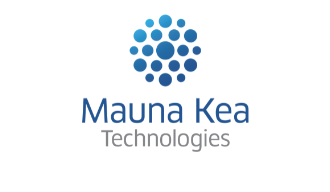Results from Large U.S. Prospective Multi-Center Clinical Trial on Detection of Barrett’s Esophagus with Cellvizio®
Results of the 8 non academic center trial publish online in Surgical Endoscopy, the official journal of SAGES, the Society of American Gastrointestinal and Endoscopic Surgeons
A new peer-reviewed publication in Surgical Endoscopy has been published highlighting positive results of utilizing Cellvizio to aid in the screening and surveillance of Barrett’s Esophagus. The article, entitled “Real-time diagnosis of Barrett’s esophagus: a prospective, multicenter study comparing confocal laser endomicroscopy with conventional histology for the identification of intestinal metaplasia in new users,” reports considerably more sensitive results when using pCLE in detecting Barrett’s Esophagus than the Seattle Protocol, which is part of the current theoretical diagnostic standard.
Dr. Severson, MD, FACS, Co-Director, Minnesota Reflux and Heartburn Center, and his co-investigators concluded in their publication that “Monitoring gastroesophageal reflux disease (GERD) is critical because Barrett’s esophagus is associated with increased risk of developing esophageal cancer. […] pCLE is considerably more sensitive in the detection of Barrett’s esophagus than the Seattle Protocol. Overall, pCLE provides a promising advance in Barrett's detection which will likely result in superior identification of individuals at risk for esophageal adenocarcinoma, even when performed by novice users.”
The study recruited 172 patients at 8 centers and led to the following key results:
- Novice pCLE users identified more than double the number of patients with intestinal metaplasia (or Barrett’s Esophagus) than with the Seattle Protocol: 99 vs. 46. This result was statistically significant (p < 0.0001);
- A blinded expert review of discrepant results between Cellvizio and biopsies confirmed that intestinal metaplasia detected by Cellvizio was indeed present in 56 of 61 patients with negative biopsies.
- There was no statistically significant difference in performance between novice pCLE users and expert review.
“This study appears at a time when the link between reflux disease, Barrett’s Esophagus and esophageal carcinoma is widely publicized by gastroenterology professional societies. The study demonstrates the broad applicability of pCLE for routine esophageal surveillance,” commented Sacha Loiseau, Ph.D., CEO and co-founder of Mauna Kea Technologies. “This publication establishes further validation to Cellvizio’s superior sensitivity in the detection of Barrett’s Esophagus compared to standard protocol and provides a major advancement towards more accurate identification of individuals at risk for esophageal adenocarcinoma.”


